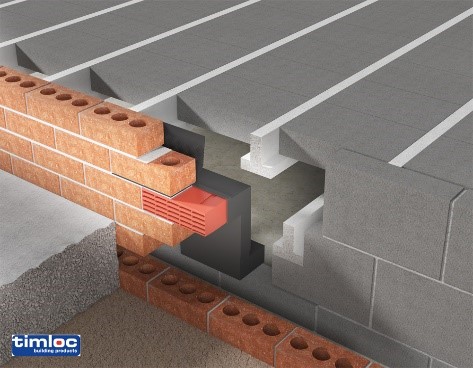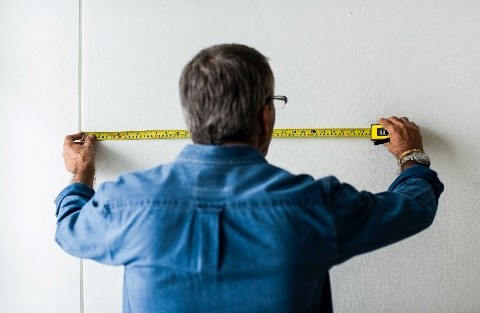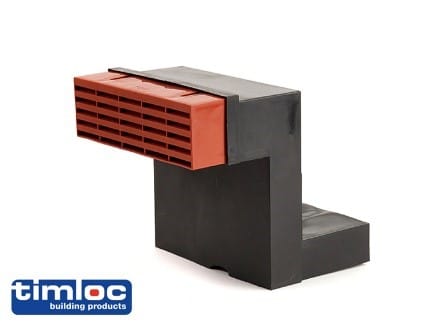Airbricks – common questions
Jul 11, 2019
Q: How important are airbricks?
A: Designed to provide an efficient passage of air and maximise ventilation, air bricks are integral in helping to avoid mould and rot within a building’s structure. Ensuring satisfactory ventilation is also a stipulation within the Building Regulations Approved Document J 2010.
Q: When are airbricks required?
 A: Generally, airbricks are a good idea for most structures but if you’ve one (or more) of the below in your build, they’re an absolute necessity.
A: Generally, airbricks are a good idea for most structures but if you’ve one (or more) of the below in your build, they’re an absolute necessity.
– Timber or beam & block floors
– Avoid beneath a wooden floor
– Fitted gas appliances
– Cavity walls
Q: How many airbricks will I need?
 A: Every build is different but as standard, one airbrick per 1.5 m – 2m (dependent on the length of the wall) should be sufficient.
A: Every build is different but as standard, one airbrick per 1.5 m – 2m (dependent on the length of the wall) should be sufficient.
Q: Where should airbricks be located?
A: To reduce flood risk, NHBC Guidelines recommend that air bricks are installed at least 75mm above ground level (above or below DPC) unless specific flood preventative methods have been put in place.
Q: Can I block or seal an airbrick?
A: In an older property where heat efficiency is a problem it may be tempting to try and seal the airbricks, however this is not advisable. Reduced ventilation is likely to lead to increased moisture build up which is likely to cause rot, and condensation, both of which can be expensive problems.
Considerations when fitting airbricks in cavity walls:
- Install a telescopic duct OR an airbrick with a pre-fitted sleeve
 Air loss within the cavity wall can be a problem, so it’s worth installing a telescopic duct prior to insertion of the air brick – or using a brick that comes pre-fitted with a telescopic sleeve
Air loss within the cavity wall can be a problem, so it’s worth installing a telescopic duct prior to insertion of the air brick – or using a brick that comes pre-fitted with a telescopic sleeve
-
- Fit cavity trays where extra ventilation is needed
In rooms where extra ventilation is required, (and an airbrick is therefore positioned higher within the wall), a cavity tray should also be fitted above the airbrick to prevent excess moisture which can lead to structural damage.
Airbricks from strukta
As with our entire product portfolio, we’re committed to working with reliable suppliers providing top quality products.
Plastic airbricks |
|
|
Clay airbricks |
 |
| For our full range request a copy of our catalogue, contact our team on 033 33 21 00 13 or head to your local store.
|
